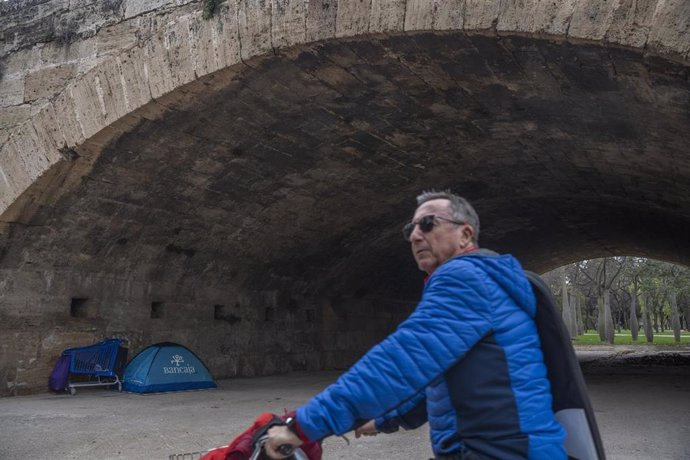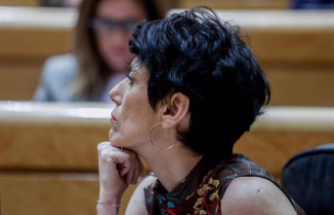The population with severe material and social deprivation rises to 9% in 2023, the highest rate since 2014
MADRID, 26 Feb. (EUROPA PRESS) -
The percentage of the Spanish population at risk of poverty or social exclusion - the so-called AROPE rate - grew half a point in the last year to stand at 26.5%, while the population with "severe material and social deprivation" climbed to 9%, the highest rate since 2014.
According to data from the Living Conditions Survey of the National Institute of Statistics (INE), corresponding to 2023, by age group, the AROPE rate (which measures the relative risk of poverty rate, the percentage of the population with low intensity in the employment and severe material and social lack) improved in the first two fields (going from 20.4 to 20.2% and from 8.7 to 8.4%, respectively); while the percentage of the population with severe material and social deprivation worsened (from 7.7 to 9%).
By population sectors, the survey - carried out between February and May 2023 - details that it rose 2.1 points among those under 16 years of age and 0.4 in the group from 16 to 64 years of age. On the contrary, it fell 0.4 points among those aged 65 and over.
The highest AROPE rates of risk of poverty or social exclusion occurred in 2023 in Ceuta (41.8%), Andalusia (37.5%), Melilla (36.7%), the Canary Islands (33.8%) and Extremadura (32.8%), Catilla-La Mancha (31.7%), Murcia (30.5%), Valencia (29.6%), Galicia (25.5%), Asturias (25%) , Castilla y León (22.4%), Cantabria (22%), La Rioja (21.8%), Catalonia (21.2%), Aragon (20.4%) and the Balearic Islands (20%).
On the opposite side, the Basque Country (15.5%) and the Foral Community of Navarra (17.2%) presented the lowest risk of poverty or social exclusion rates.
Regarding the risk of poverty rates, the highest were in Andalusia (30.5%), Extremadura (27.6%) and the Canary Islands (26.1%). Basque Country (10.2%), Community of Madrid (12.9%) and Comunidad Foral de Navarra (13.8%) presented the lowest risk of poverty rates.
Regarding the AROPE rate by level of training achieved, the survey reveals that the rate of risk of poverty or social exclusion in the case of people with higher education was 13.3%; 25.7 among people with second-stage secondary education; 33.5% among people with lower secondary education and 36.7% among people with primary education or a lower level of education.
Regarding the AROPE rate by employment status, among the employed it was 16.6%; among retirees, 17.2%; others inactive, 38% and among the unemployed, 56.7%.
Furthermore, the survey reveals that 37.1% of Spanish households did not have the capacity to face unforeseen expenses last year, a percentage almost two points higher than in 2022 and the highest since 2016 (38.7%).
The agency considers that households have the capacity to face unforeseen expenses when they have their own resources to do so, that is, without resorting to loans or installment purchases to pay for regular expenses that were previously settled in cash.
The survey also reveals that 9.3% of households made it to the end of the month with "great difficulty" in 2023, a percentage six tenths higher than in 2022 and the highest since 2020, when it reached 10%.
The INE also points out that the number of households that have not been able to afford to go on vacation for at least one week a year stood at 33.1% in 2023, a percentage four tenths lower than in 2022 and the lowest since 2021 (32 .7%).
According to the statistical agency, 10% of households admit that they are late in payments when paying expenses related to their main home (mortgage, rent, community, etc.). This percentage has not changed compared to 2022.
Likewise, 21% of families, one in five, claim that they cannot keep their home at an adequate temperature, a percentage that has increased by more than three points compared to 2022 (17.7%) and is the highest since 2004, beginning of the series.
At the same time, 6.4% of households declare that they cannot afford a meal of chicken, meat or fish at least every two days, a percentage one point higher than in 2022 and also the highest since the beginning of the series.













